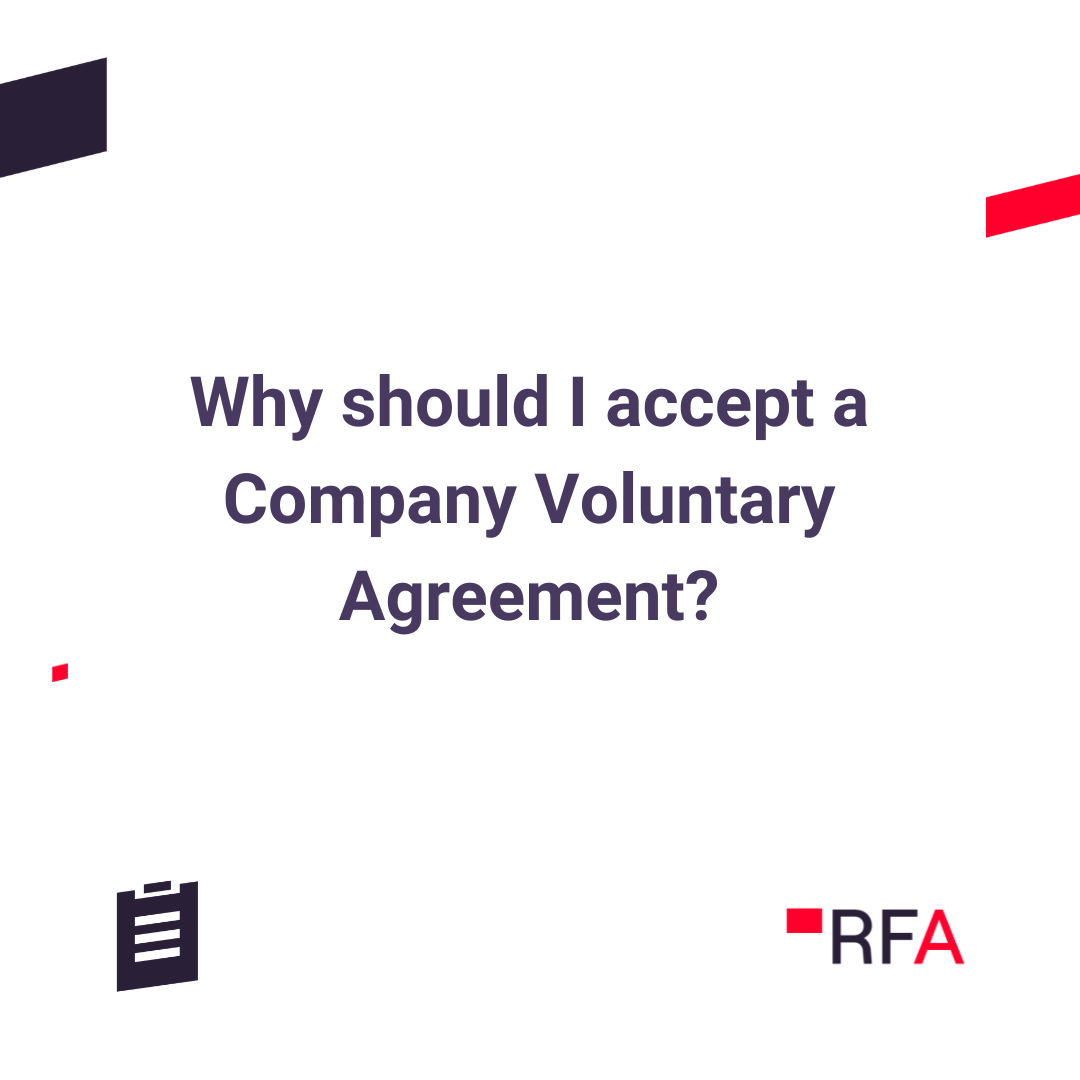UK insolvency rates continue to rise, with August 2023 seeing 2,308 companies going bust, which is a 19% rise year on year from August 2022 and experts predict this upward trend will continue into 2024. An increase in insolvency rates is also expected for the construction industry, which has felt this current economic downturn more keenly than most.
The industry was especially exposed to the macroeconomic challenges of massively increased energy, fuel and materials costs that the country has experienced. But the fact that these followed the effects of the COVID pandemic so closely meant that many construction firms did not have the necessary reserves left to survive them. This was further compounded by the years of increasingly slim margins for many working in the UK construction sector.
This has led to construction companies going insolvent at the fastest rate in over a decade. Between June 2022 and June 2023 over 4,200 UK construction firms went bust, which added to an increasing threat within the industry: bad debt.
Each insolvent company leaves behind creditors which must then absorb that loss, as unsecured creditors are unlikely to recover any funds owed. Given the ongoing challenges facing those within the construction sector, any interruption to cash flow can be a tipping point that causes a firm to become insolvent. Given each failed company will have multiple creditors, this creates a ripple effect of insolvencies. Worryingly, it has been predicted that there will be over £1 billion of bad debt in the UK construction industry by the end of the year.
Unsurprisingly, it is smaller companies that most frequently go insolvent. However, the recent failures of larger companies like Buckingham Group, Allma Construction and Jehu Group show that bigger businesses are not immune to the economic downturn, and suggest that more may soon also fail.
How does insolvency move through a sector?
In times of economic downturns where insolvencies rise, it is invariably the smaller companies that fail first. As already mentioned, each insolvency creates a ripple as creditors struggle to absorb the impact of reduced cash flow and bad debt. Each of these creditors that go insolvent adds to the bad debt in the industry and creates a further ripple effect, forcing a ‘snowball’ effect throughout the industry.
There are generally two ways that insolvency rates within an industry slow down to normal. The first is that economic conditions improve, which means fewer insolvencies due to an uptick in revenue and profits. Companies that fall prey to bad debt can survive them and use their cash reserves to ‘melt’ the bad debt snowball. The second is that if economic conditions do not improve and bad debt continues to be a major factor in causing companies to go insolvent, eventually it will burn itself out as the majority of companies remaining trading can absorb bad debt and economic pressures. Again this will ‘melt’ the bad debt snowball and significantly reduce the ripple effect of insolvencies.
The larger a company is, in most cases, the more resistant to economic pressures it is and the more cash reserves it has. As such, medium to large companies are often relied upon to be the ones to stop the insolvency ripple effect and bad debt snowball.
Why is it bad if large companies fail?
Whilst large companies can help reduce insolvency rates, conversely they are also able to increase them should they fail. This is down to the simple fact that they will have a high number of creditors, which can be in the hundreds if not thousands. Due to the nature of the construction industry, the majority will be smaller companies in the same sector, mainly suppliers and contractors. Given that these companies will often be working on large projects, the amounts left owing to individual creditors in the trade are often significant. Contractors and suppliers are also often happy to extend increased credit limits and more generous payment terms to bigger and higher turnover companies, as they are perceived to be creditworthy due to their size and a lucrative source of future work.
This means that each large failure affects a much higher number of businesses which have to absorb a higher bad debt. Each large insolvency in the construction industry acts as an amplifier for insolvency rates. An example of this is the failure of Carillion, which left £7 billion in debts and affected 30,000 suppliers.
Three high-turnover companies in the construction sector showing signs of distress
Tingdene Homes Limited – One of the UK’s leading manufacturers of residential park homes and holiday lodges, Tingdene Homes has seen a turbulent 2023 including the submission of a winding-up order by a creditor.
XYZ Rail Limited – Servicing mainly, but not exclusively, the rail sector, XYZ Rail has struggled since 2022 and recently was the subject of a winding-up order.
Catfoss Group Manufacturing Limited – Catfoss exclusively build hospitals and ancillary buildings for the NHS. Over the last 12 months, they have dropped in both liquidity and revenue year-on-year, as well as having a winding-up petition against them.
What can company directors do to avoid bad debt?
Undoubtedly, we are amid one of the most difficult periods that UK construction has experienced. Sadly, there is no magic solution to avoiding bad debt, but there are steps that can be taken to significantly reduce your company's exposure.
Implementing robust credit risk procedures is one of the simplest and most powerful. By leveraging technology in the form of a business data and credit check platform, you will be able to gain an in-depth understanding of a potential customer's financial health and creditworthiness. You will also be able to monitor those clients for early signs of financial instability. These tools have the added benefit of allowing you to find suppliers that can be relied on to stay in business and give you a warning if your current supplier is showing any signs of collapse.
Start protecting yourself today by getting a free seven day trial of the Red Flag Alert platform today




